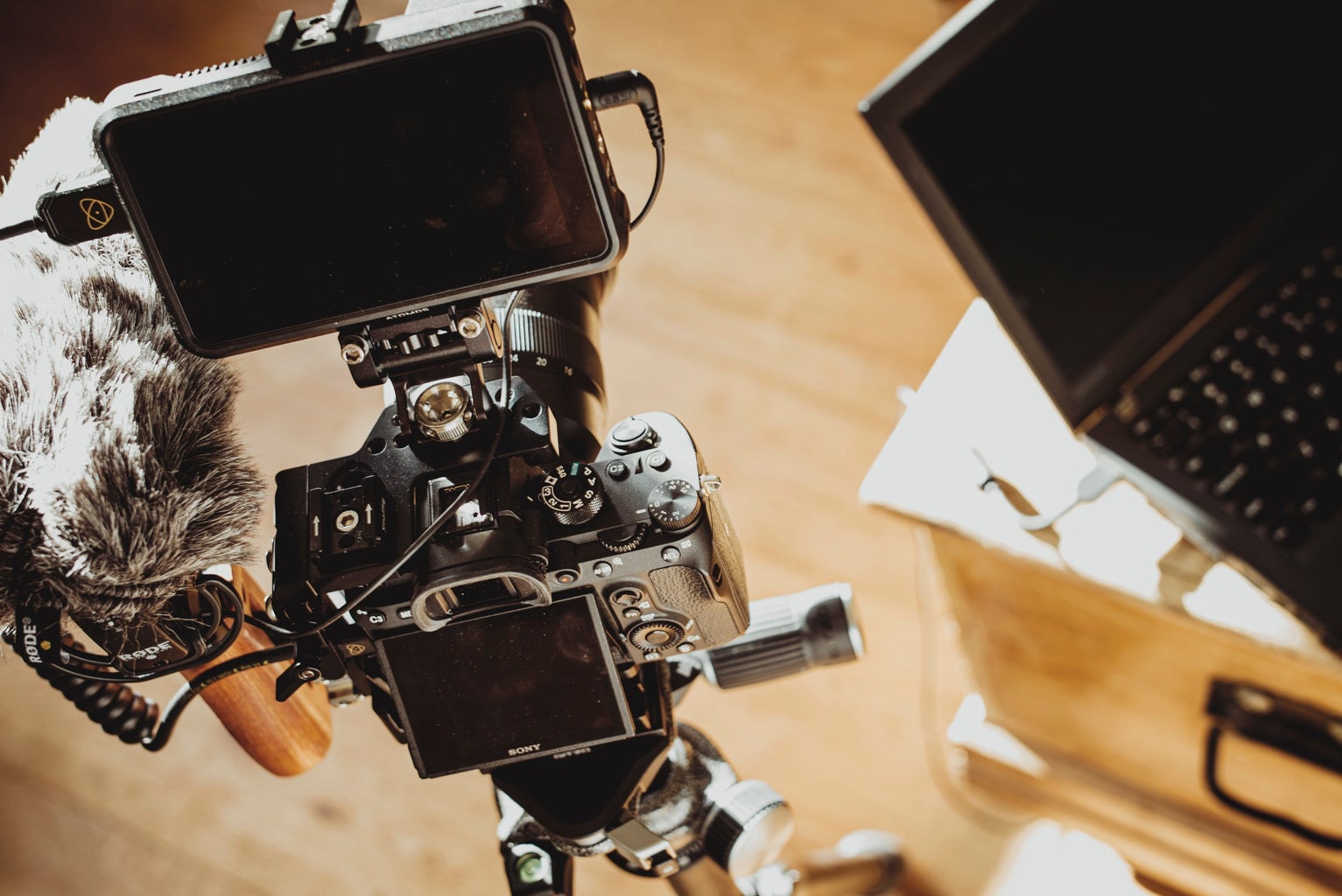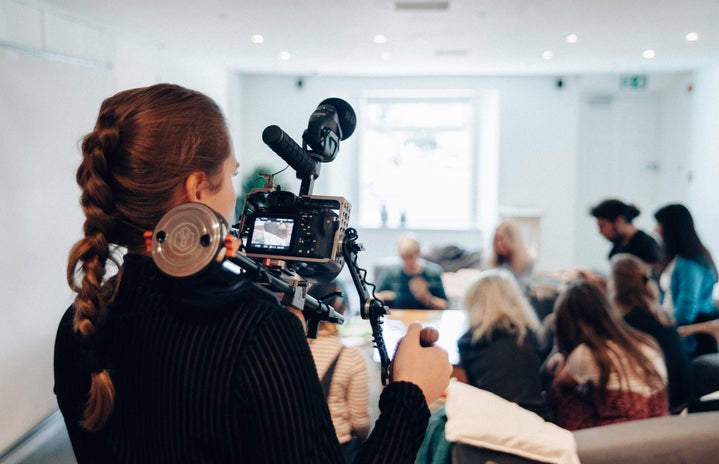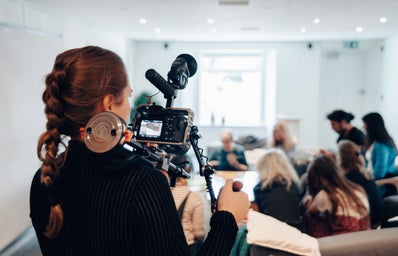2020 was undoubtedly an amazing year for film and TV shows. With new Netflix series like The Queen’s Gambit and Bridgerton, to Pixar’s Soul, we were exposed to very thought-provoking and cinematically gorgeous works of art. But what did the past year mean in terms of women working in the film industry? Let’s dive into what things looked like for women behind the camera in 2020, and talk about why it’s important to have representation in all aspects of the field.

Another reason why representation in film is important is because of younger generations. A lack of representation can turn potential female filmmakers away. Having only a handful of people to look up to can leave you feeling uninspired and disinterested. Though these statistics used to scare me when I was younger, they now encourage me to work harder and go above and beyond with my work. I personally want to make sure we include women’s perspectives, especially in film, because of how impactful the medium is on our society. If we don’t have women actively working on stories that include female characters, this may lead to creating inaccurate or unrealistic portrayals of women, which can negatively impact how our society views us.
On a more positive note, it is important to consider how these percentages continually climb each year. According to Lauzen, “Women comprised 21% of all directors, writers, producers, executive producers, editors, and cinematographers working on the top 100 processing films, up from 20% in 2019.” The amount of women in the field continues to grow each year, revealing a bright path for the future in terms of representation.
But this is only the tip of the iceberg.
When talking about the representation of women in film, it is essential to discuss the representation of women of color in film. In 2020, the percentage of Black female characters increased to 20%, the percentage of Asian female characters increased to 8%, and the percentage of Latinas decreased to 5% (Lauzen). It is crucial to include women of color on the big screen because if we are never exposed to female characters of color, we perpetuate the white narrative of their unimportance and irrelevance in American society. The underrepresentation of women of color has incredibly harmful impacts to our society, and we can only hope to see these percentages drastically increase in the upcoming years.
As we all know, 2020 was a historic year overall, and thankfully this extends to the representation of women within the film industry. I’m excited to collaborate and meet more women within the field and hope to be a role model to younger girls that dream of changing the world with stories of their own.


